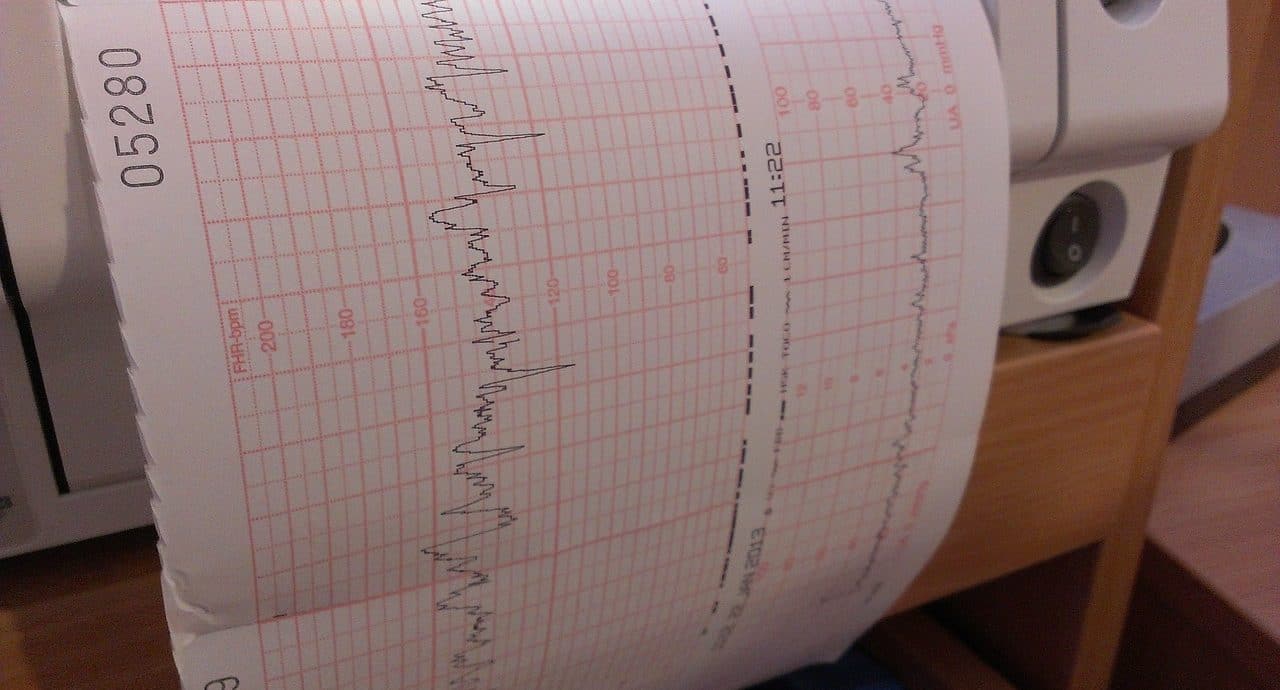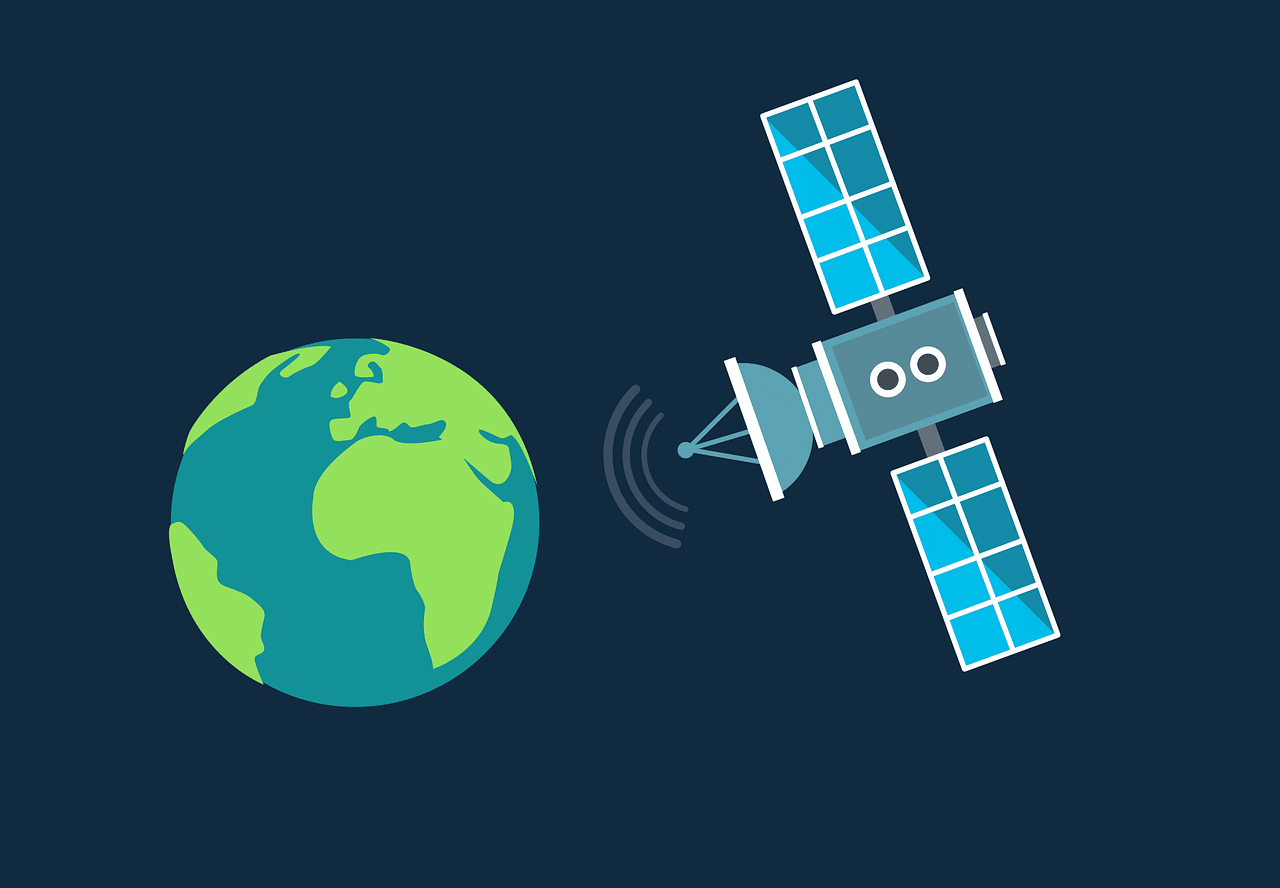
The expansion of the universe after the big bang is explained by the Doppler effect.
The Doppler effect is the phenomenon that occurs when the frequency of a wave that is perceived registers a change because the source or the receiver itself is in motion . The name pays tribute to the Austrian physicist and mathematician Christian Andreas Doppler (1803-1853), who discovered this reality.
It is important to indicate that an effect is something that is generated from a cause. In other words: the cause is the origin of something that appears as its consequence. In the case of the Doppler effect, the modification of the frequency is the result of a displacement of the source or of the person who perceives the wave.
Discovery of the Doppler effect
The discovery of the Doppler effect took place in the first half of the 19th century . It was then that Doppler noticed that the pitch of the sound made by a locomotive becomes higher as it approaches and then becomes lower as it moves away.
Doppler investigated the phenomenon and made known his conclusions in a presentation he made in 1842 at a science congress held in Prague . In this paper, known in our language as "On the color of light in binary stars and other stars" , he maintained that the frequency of the perceived wave is lower or higher depending on whether the receiver or sender of the signal is moving.
Over time, Doppler even postulated a formula for calculating the frequency perceived by the receiver, where he related the frequency emitted by the sender, the frequency perceived by the receiver, the speed of the sender and receiver with respect to the medium and the speed of propagation. of the wave in said medium.
The scientist considered that the discovered effect also occurred in all other waves, beyond sound waves. That is why Doppler believed that light intensity and color perception were governed by the same rules.
Currently it is understood that the effect described by Doppler itself applies only to those waves propagated in a medium, while waves that do not require it for their propagation generate another type of effect that can be considered equivalent. This second effect was analyzed, independently of Doppler 's work, by the Frenchman Hippolyte Fizeau (1819-1896) in 1848 .

Doppler velocimetry allows studying blood flow in the umbilical arteries and veins and in different organs of the fetus.
Main concepts
To understand the Doppler effect, several concepts must be clear. Waves are, according to physics , periodic disturbances constituted by oscillations whose propagation occurs through a medium. These disturbances alter some property of space, transporting energy but not matter.
The idea of frequency , meanwhile, refers to the number of times that a process or event is repeated in a certain period of time. Therefore, the frequency of a wave is associated with the number of repetitions of it in a certain time unit. The distance the oscillation travels in a specific time is known as the wavelength .
Wave frequency and wavelength maintain an inverse relationship : the lower the wave frequency, the longer the wavelength (and vice versa). This means that the longer the wave is, the less it repeats.
The frequency shift effect noticed by Doppler is linked to the speed of the sender and receiver of the signal. If the sender and receiver are in motion, the frequency perceived is related to the value of the relative speed between them.
When the emitter of the waves is moving towards the receiver, the latter first perceives the waves with a higher frequency than that emitted from the source. This perceived frequency gradually decreases as the sender approaches the receiver: the coincidence of the perceived frequency with the original frequency only occurs when the wave is emitted from the point closest to the receiver.
The Doppler effect can be easily detected when, in a city, a person notices that an ambulance or fire truck is approaching with its siren on. First you hear a high-pitched tone, which then becomes lower as the vehicle approaches. The same goes for police sirens .

Satellite navigation systems can be based on the Doppler effect.
Applications of the doppler effect
The applications of the Doppler effect are numerous in different areas. The Doppler effect in medicine , for example, is used to analyze the speed of the bloodstream and thus discover possible blockages in the arteries.
This type of diagnostic study is known as Doppler echocardiography or Doppler echocardiography . What is done is to emit ultrasound into the bloodstream, whose components act as reflectors. By analyzing the returned signal and the Doppler ultrasound, knowledge of the blood velocity is obtained and possible pathologies are inferred.
Astronomy also uses the Doppler effect, examining the light emitted by stars. In this way, by studying the frequency of light detected by telescopes , data on galaxies can be obtained from an astronomical observatory.
The Doppler effect in radar also generates numerous possibilities. Analyzing radar waves is useful in meteorology and aviation , to mention two areas. It also allows the speed of cars to be measured, an action carried out by the authorities to fine drivers who exceed the limits set by the regulations.
